So much to experience; four days was not enough.
By Jon Peddie
Autodesk put on its second REAL Conference in San Francisco at Fort Mason, a refurbished old Navy supply and provisioning base on San Francisco Bay. It’s one of the cooler, edgier places in the Bay Area, and a perfect setting.
The only problem with the conference was it had too much stuff. Two simultaneous full-day tracks ran four days, plus there was a giant room full of interesting exhibits and people. The conference could easily have been a five-day event—maybe not practical, or affordable, but needed. The alternatives would be a tighter selection process, or a better indexing system so you could pick the talks you wanted to hear more easily. As it was, we were running back and forth between the two buildings every day.

The primary goal of REAL 2016 was to foster new collaborations and inspire new innovations as this interconnecting 3D tech ecosystem renders new global, industrial, and individual realities into existence; mission accomplished, we think.
This year Autodesk added a startup competition called The REAL Deal, where a panel of venture capitalists listened to pitches from Reality Computing startups and picked a winner (details below).
Laughing in outer space
Eyal Gever is an Israeli artist who develops life-like digital simulations of moments in time—often dramatic or catastrophic in nature—from which he fabricates 3D-printed sculptures and installations. One of his most famous pieces is “Waterdance,” which is a simulation of a dancer who appears to be submerged in water and dissolves while dancing.
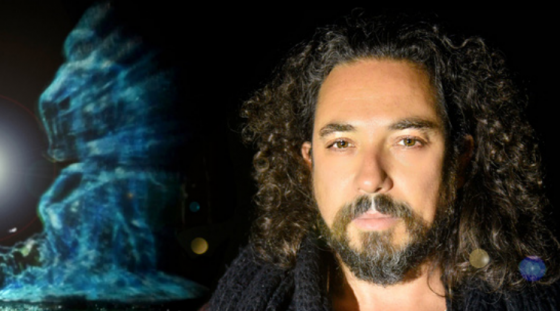
Gever’s latest project, “#Laugh,” was produced in collaboration with NASA and Made in Space Inc. to create a visualization of human laughter, which will be 3D-printed at the International Space Station (ISS) and become the first piece of artwork to be produced in space.
Gever is planning to crowd-source as many laughs as he can collect to build the 3D database for the sculptures he plans to have made at the ISS. He has set up a Twitter account (#laugh), and you can sign up at his website to submit your laughs. You can see work at the site, too.
Gever also founded Gizmoz, which develops proprietary 3D and animation technology that lets users express themselves by creating realistic 3D characters. It was acquired by Daz 3d in late 2009.
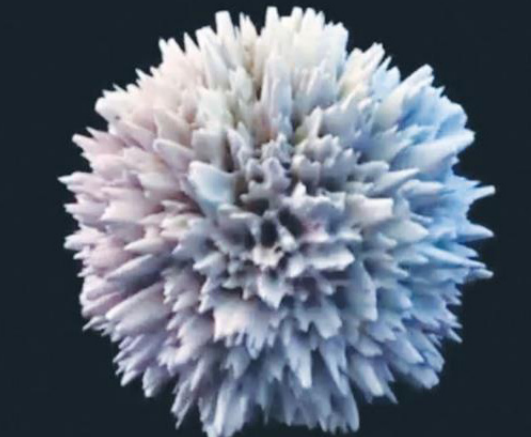
3D replications
Carlos Bayod from Factum Arte gave an interesting talk on his organization’s work making 3D replications of paintings and antiquities using their sensor system called Lucida. They used their device to perfectly record the exterior of Nefertiti’s tomb, making a facsimile of it that is on display near the site. They have also recorded the surfaces of famous paintings that reveal details about brush strokes, work-overs, and other details.
The first prototype of Lucida was used in the Museo del Prado in Madrid to digitize the surface of a painting that was about to undergo major restoration.

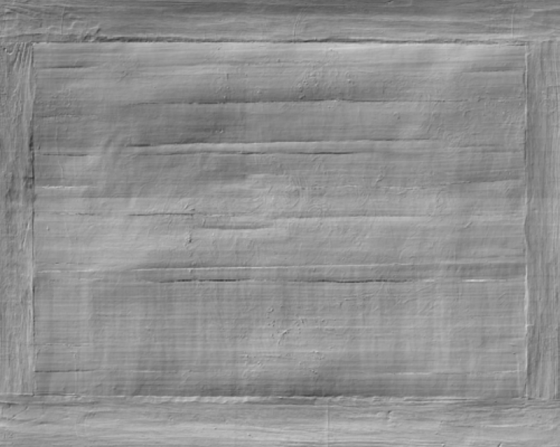
The 3D information that was obtained is now of great value because the shape, size, and texture of the painting changed significantly during the restoration process. It is unusual that size changes dramatically, but in this case,an earlier addition of several centimeters on each side of the painting was removed.
Clever Carl and his noisy lathe
Lovable Carl Bass, CEO of Autodesk and an avid maker, showed us some of his work with his 11-year-old son to build an electric go-cart, which they then turned into an autonomous machine.

In building the electric go-cart, Bass made some parts on his CNC lathe. He loves to use machine tools and is an itinerant tinkerer who is curious about everything. While he was cutting a piece, the lathe made a high pitched screeching noise. If you’ve ever done work on a mill or metal lathe, you know that’s not unusual. It’s due to multiple harmonics and the chatter of the tool as it fights with the metal. But the sound got Carl’s unbounded curiosity, so he started investigating. Long story short, he figured out how to minimize it by adjusting the parameters of the lathe for position and speed; an appropriate action. And he was able to reduce the noise, which indicated that the tool was being used more efficiently and effectively. But it wasn’t a steady-state situation, and he had to keep making adjustments. What’s more, he didn’t have a clear sense of cause and effect; it was largely trial and error. Then he had his ah-ha moment: if he could hear it, so could his smartphone, and if the phone could hear the sound, it could digitize it and that could be used to balance the machine. Bass literally duct-taped his phone to the machine to capture the sound. And his first-order effect was successful. Following his curiosity, he founded a company that has developed a listening system that can determine when the tool is getting dull.
Bass also showed examples of generative software used to design a race car frame. The designs were very organic looking and varied, depending on what material was chosen. His main point was that this is the future of design, not designing on the basis of what you know, but rather telling the computer what end result you want—and getting out of the way.
Sadly, we didn’t get to it in time, but we heard Airbus gave a presentation on the first use of generative design for a commercial aircraft to optimize for material and performance.
Bone-headed idea—zero waste
Charles Bovet, son of the founder of the company Bone Structure, showed us about building with digital fabrication, reality capture, and machine learning: zero waste and zero net energy. Quite a big goal, but easy to understand: use pre-built standard parts to build almost anything. Think of it as steel Legos.
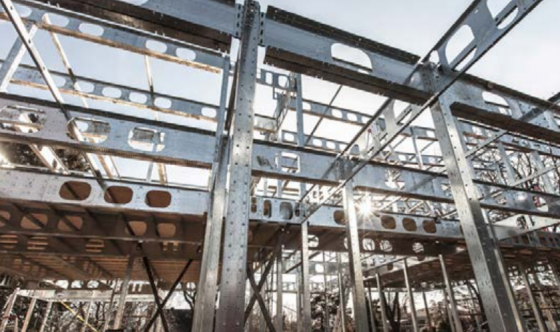
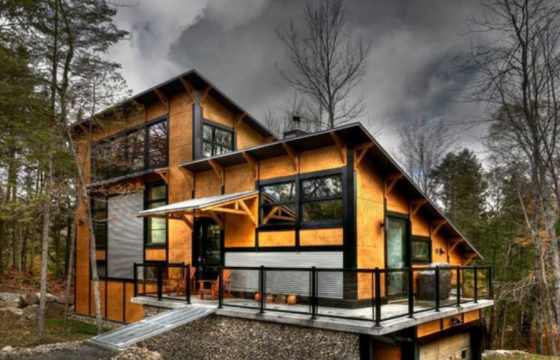
In 2005, Bone Structure founder and president Marc A. Bovet became aware of the shortcomings of conventional building techniques. Using the experience he had acquired at Bombardier, he developed the idea for standard a building process. The rest is, as they say, history.
Other stuff
Memento was back, also their second year. Memento is an end-to-end Autodesk approach to converting photos or 3D scans into quality 3D assets, optimized for further digital workflows and digital fabrication. They showed a 3D-printed miniature reproduction of the sunken Arizona battle ship.
Lucid VR developed a stereoscopy sensor array using 3D imaging to enhance the illusion of depth within binocular vision, allowing users to create their own VR world through a headset. The LucidCam features 180-degree wide-angle lenses, which enable an active view of one’s recorded reality, and also provides spatial audio to enhance the experience.
The Real Deal
The winner of the startup competition was Arevo Labs. Hemant Bheda and co-founder Wiener Mondesir of Arevo Labs developed a new carbon fiber composite 3D-printing material they claimed is five times stronger than titanium-based materials. They think the big application for it is in aerospace to reduce the weight of aircraft. Price may also be a factor. However, to build a 3D printer for carbon fiber, they use a six-axis robot arm. That is because carbon fibers provide strength, but only in one plane. A simple three-axis printer constrains the fiber orientation. To get the most optimal performance, their printer let the fiber be oriented in X, Y, and Z directions.





